Keeping your lettuce happy is not just about the soil or the water—it's also a matter of temperature.
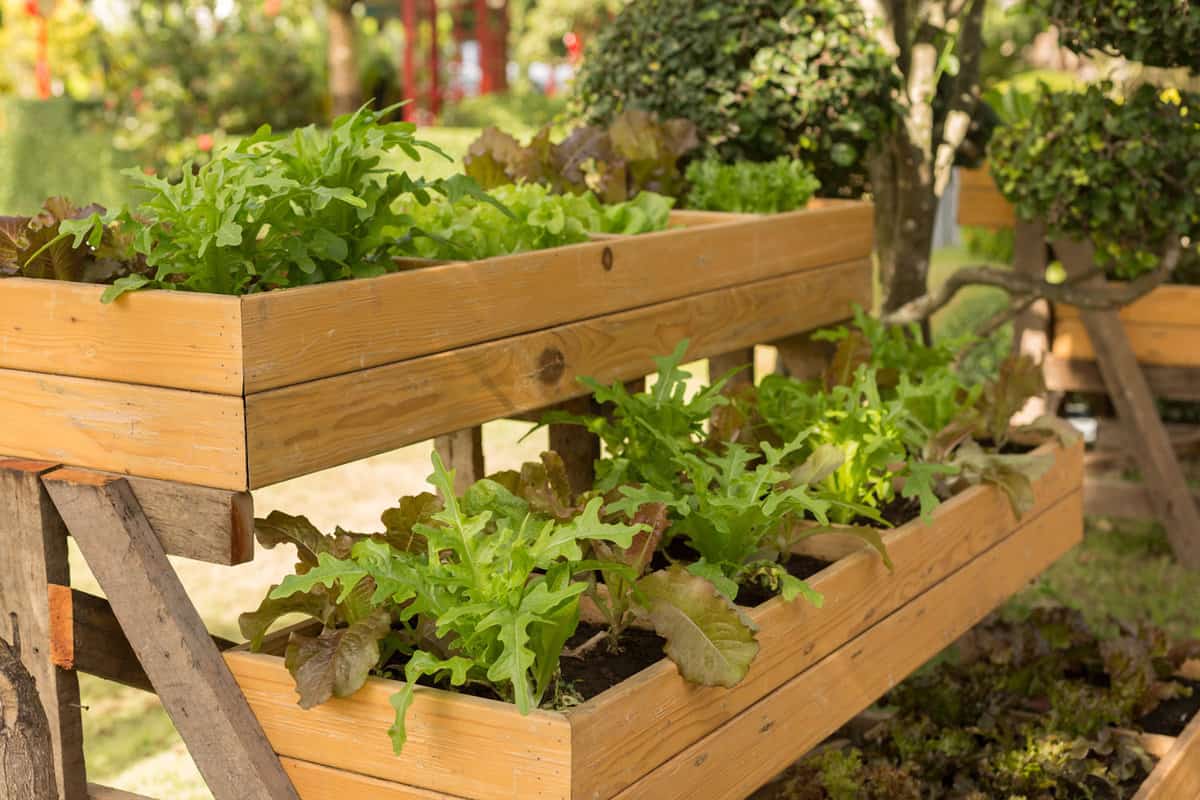
This popular salad star prefers it cool, but what happens when the summer sun comes knocking? How much heat is too much heat for lettuce?
This is a question that often leaves many gardeners scratching their heads. If you've found yourself pondering over this, then you're in the right place.
We're about to take a deep dive into the world of lettuce and temperature, exploring the optimum conditions that ensure we maintain the crisp, fresh quality we all love in our salads.
Ideal Temperature Range for Lettuce Growth
Lettuce is a cool-weather crop that thrives in specific temperature ranges. To ensure optimal growth and a healthy harvest, it's essential to consider both daytime and nighttime temperatures.
Daytime Temperatures
During the day, lettuce grows best in a temperature range of about 45 to 75°F.
It's important to note that temperatures over 70°F can cause lettuce to start bolting, which means the plant starts to produce flower shoots and the leaves may become bitter to taste.
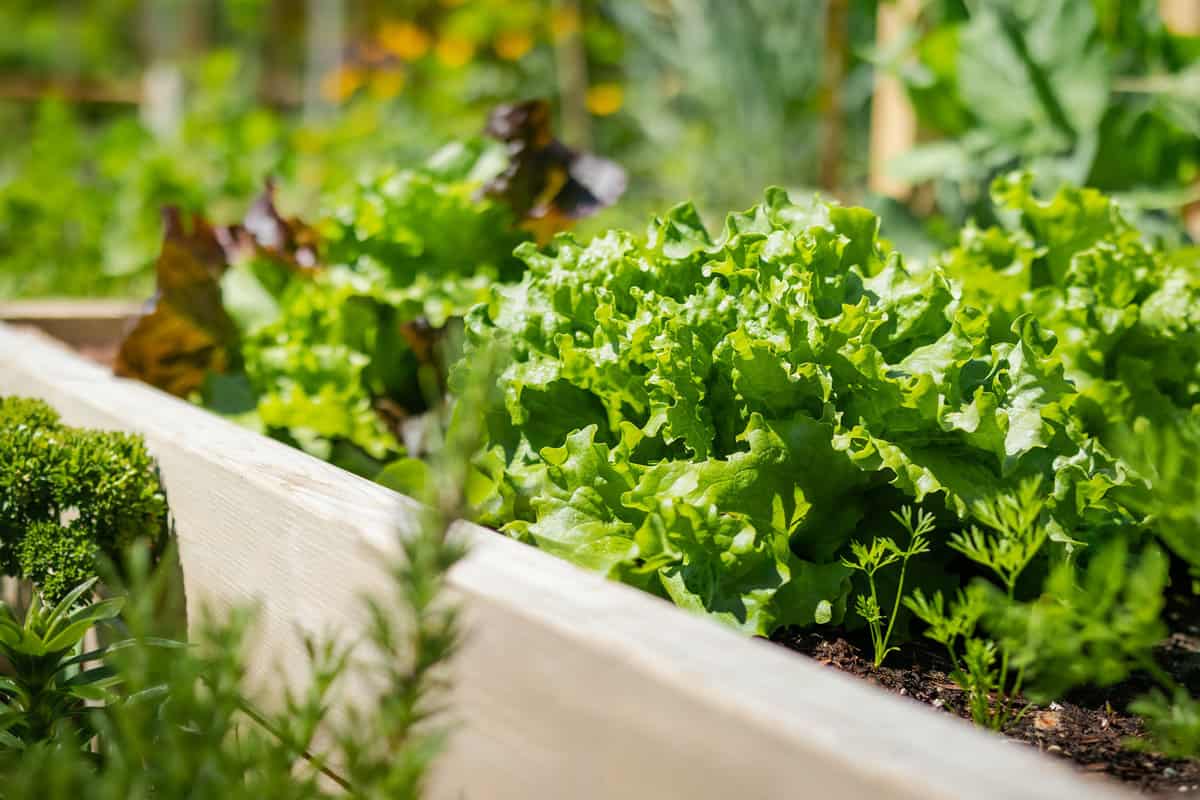
Nighttime Temperatures
Nighttime temperatures also play a vital role in lettuce growth. Ideally, nights should be cool, as lettuce can tolerate a few days of temperatures from 80 to 85°F if the nights are cool enough.
Lettuce seeds will germinate at 35°F, but the optimum germination temperature is 70 to 75°F.
Furthermore, properly hardened lettuce plants can withstand freezing temperatures for short periods of time.
By maintaining the appropriate daytime and nighttime temperatures, gardeners can ensure that their lettuce plants grow healthy and provide a delicious and bountiful harvest.
Effects of High Temperatures on Lettuce
Lettuce is a cool-weather crop and can face challenges when exposed to high temperatures.
This section will discuss the effects of high temperatures on lettuce, including bolting, tipburn, and reduced quality.
Bolting
Bolting is the process of a plant rushing to produce seeds and reproduce before dying. When lettuce is exposed to high temperatures, it is more likely to bolt.
This can lead to a rapid elongation of the stem and the production of flowers, ultimately rendering the plant inedible.
To prevent bolting during hot weather, providing shade for your lettuce can help extend the harvest period.
Tipburn
Tipburn is a physiological disorder affecting lettuce leaves, causing them to turn brown, necrotic, and papery.
It's mainly due to calcium deficiency and inadequate moisture levels in the plant, which are aggravated by high temperatures.
Regular watering can alleviate tipburn and keep lettuce plants healthy during hot weather.
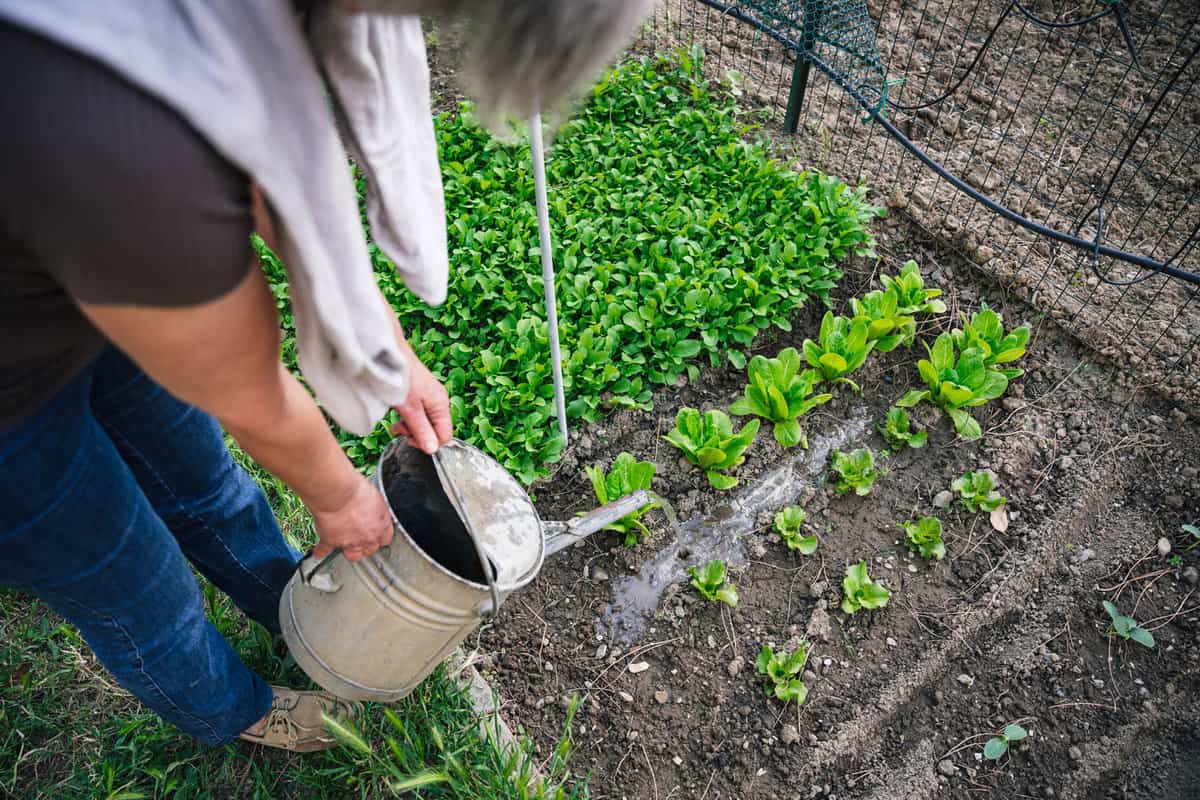
Some ways to prevent or reduce tipburn in lettuce:
- Water the plants consistently and more frequently during hot weather.
- Use calcium supplements to address any nutrient deficiency.
- Choose lettuce varieties that are more resistant to tipburn.
Reduced Quality
High temperatures can also affect the overall quality of lettuce leaves.
When lettuce grows in constant temperatures above 77°F, it can have reduced shoot fresh weights and become more prone to bitterness or tougher textures.
To ensure optimal lettuce quality, it's crucial to grow these plants within their ideal temperature range and provide adequate water and nutrients to support their growth.
Protecting Lettuce from Heat Stress
There are several ways to protect your lettuce from heat stress including proper shading, watering, and mulching.
Shade Options
Providing shade for lettuce plants can help prevent heat stress as temperatures rise.

One option is to use a 30% shade cloth to keep the lettuce cool without blocking too much light.
Black shade cloth is often the least expensive choice and works just as well as colored ones.
Another way is to choose a garden location with natural shade, preferably one that receives morning sun and afternoon shade in order to reduce heat stress.
Watering Techniques
Proper watering techniques play a key role in protecting lettuce from heat stress.
Consistent and deep watering helps maintain soil moisture, keeping lettuce roots cool and hydrated.
Water the lettuce in the early morning or late evening, as this allows water to penetrate deeper into the soil without evaporating quickly in the heat of the day.
However, avoid overwatering because it may cause root issues and make the lettuce susceptible to diseases.
Mulching
Applying a layer of mulch around lettuce plants serves to insulate the soil and preserve moisture.
Organic mulches, such as straw, chopped leaves, or compost, not only help in maintaining cool and moist soil conditions but also improve soil fertility as they break down over time.
Spread a 2-3-inch layer of mulch around the lettuce plants, making sure not to cover the plant's crown or touch its leaves to prevent rot or disease.
Refresh the mulch layer as needed throughout the growing season to keep heat stress at bay.
Heat-Tolerant Lettuce Varieties
Growing lettuce in hot temperatures can be challenging, as they tend to put their energy into seed production rather than producing juicy, leafy greens.
In such conditions, lettuce plants don't form tight, harvest-ready heads, and may even resemble kale rather than lettuce.
However, there are several heat-tolerant lettuce varieties that can thrive even in the warmer months.
Jericho Lettuce
Jericho lettuce, a romaine variety originally from Israel, is known to handle hot temperatures well.
It boasts excellent flavor and texture while remaining resistant to bolting and bitterness commonly associated with high heat.
Oakleaf Lettuce
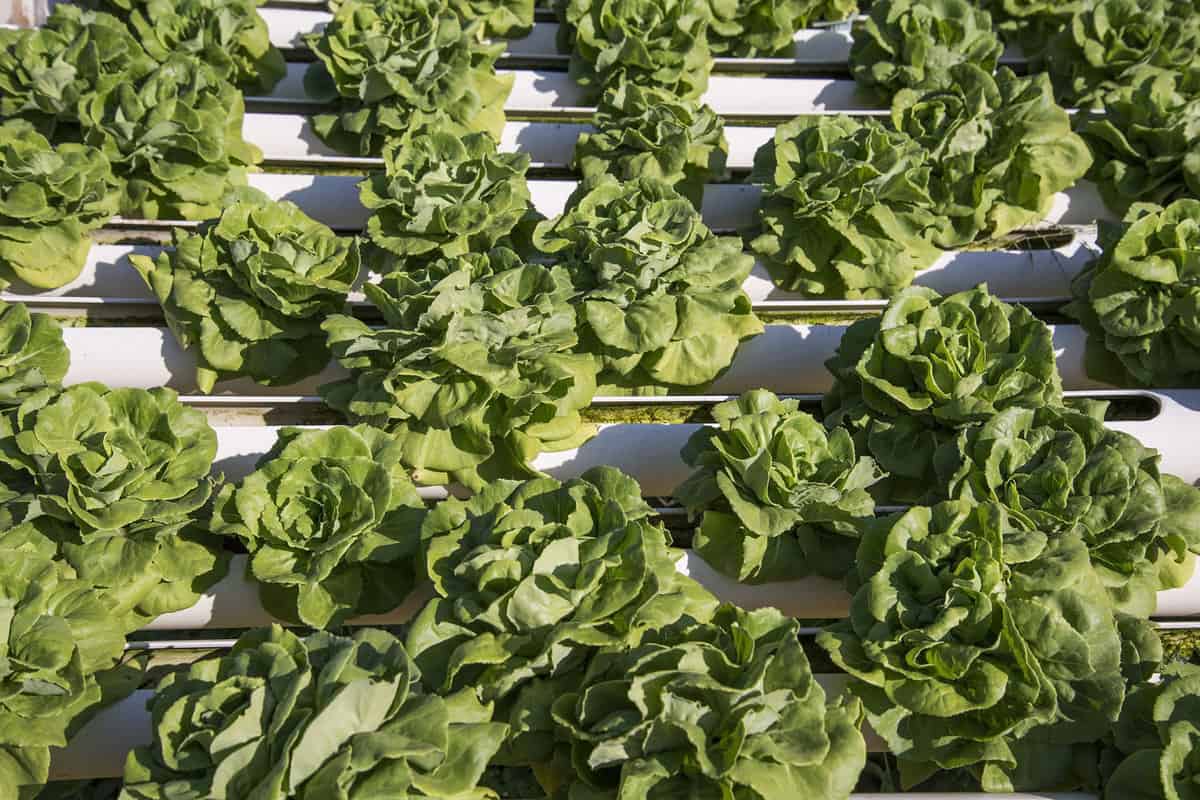
Oakleaf lettuce is another heat-tolerant variety, as its unique, lobed leaves have a crisp texture and sweet taste.
This loose-leaf type lettuce comes in both green and red cultivars, adding a lovely variety to your salad mix.
Muir
Muir is a very popular lettuce variety for summer growing. It's an excellent choice for a light and crispy salad due to its large, tender-green romaine leaves.
Muir is known for its ability to withstand high temperatures without sacrificing its flavor or texture.
Black Seeded Simpson
Black seeded Simpson is an early maturing, loose-leaf variety that fares well in the heat.
It has light-yellow to green leaves with a mild, delicate flavor. This variety is resistant to bolting and adds a unique color variation to any salad mix.
What Temperature is Too Hot for Lettuce Indoors
In this section, you'll learn how growing lettuce indoors needs a conducive environment with ideal temperature and light exposure.
Indoor Temperature
Indoors, lettuce prefers a temperature range of 70 to 75°F for the initial germination process.
This range is typically within the comfortable range of most homes and promotes successful seed germination.
Light Exposure
To grow lettuce successfully indoors, ensure that the plants receive adequate light exposure.
Keeping them in an area with 12 hours of light per day can help maintain steady growth.
Providing ample air circulation and monitoring the temperature to keep it within the ideal range is also essential for preventing bolting.
Hydroponic Lettuce Growing Temperature
Hydroponic lettuce is a popular choice for many gardeners due to its ability to grow in a controlled environment, which results in crisp and fresh produce.
As with any plant, it's essential to nail down the optimal temperature to ensure healthy growth.
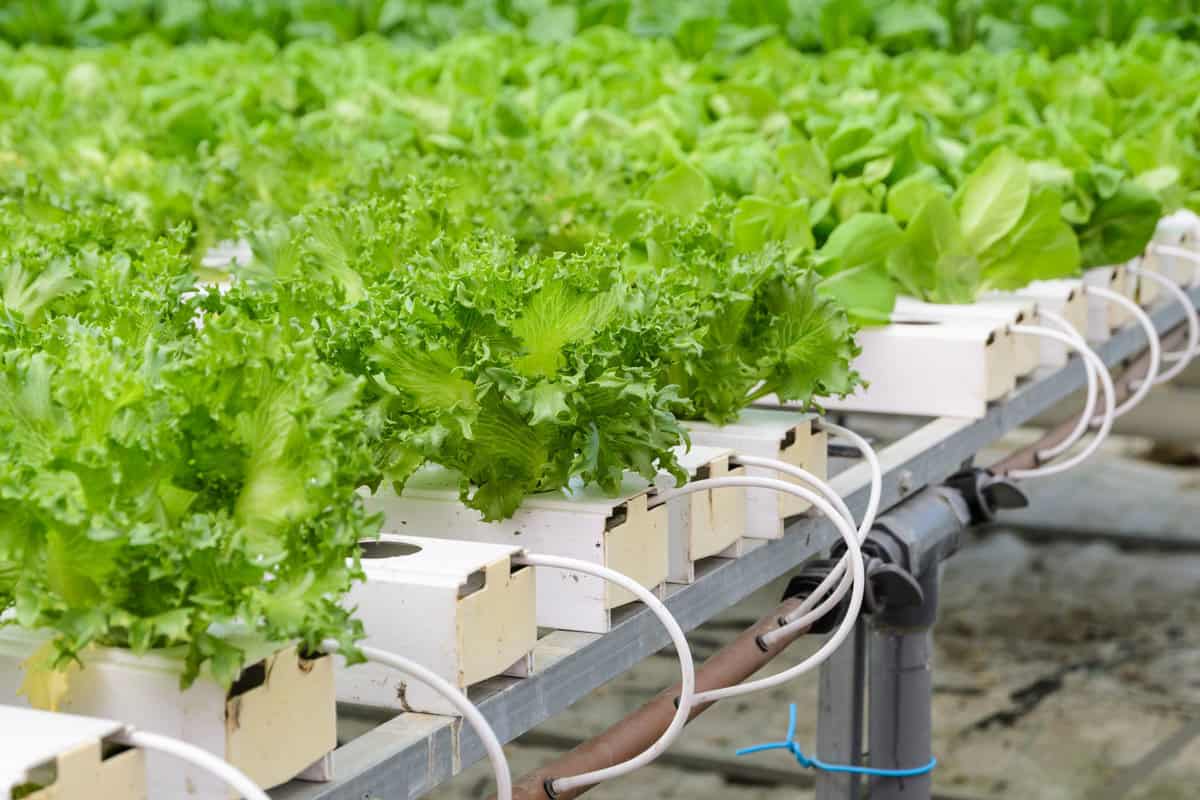
Ideal Temperature for Hydroponic Lettuce
Lettuce is considered a cool-season crop and generally prefers moderate temperatures to grow and develop properly.
The optimal temperature range for hydroponic lettuce is between 60-70°F.
Within this range, lettuce can grow efficiently and produce high-quality leaves without any adverse effects on its growth or development.
However, lettuce can tolerate slight fluctuations in temperature, but it is always important to closely monitor and maintain a consistent range for the best results.
Exposing the plants to temperatures above 70°F may lead to slower growth, a higher risk of diseases, and a decline in the crop's overall quality.
Hydroponic Cooling Techniques
When growing hydroponic lettuce in hot climates, it's crucial to employ effective cooling strategies that help maintain optimal temperatures.
Some of these methods may include the use of shade cloths, evaporative cooling, or adjusting the planting location to reduce the plants' overall exposure to high temperatures.
Lettuce Wrap This Up
And there you have it—a guided tour through the cool world of lettuce. Remember, just as you would protect yourself from heat, so too does your lettuce appreciate a little care and attention.
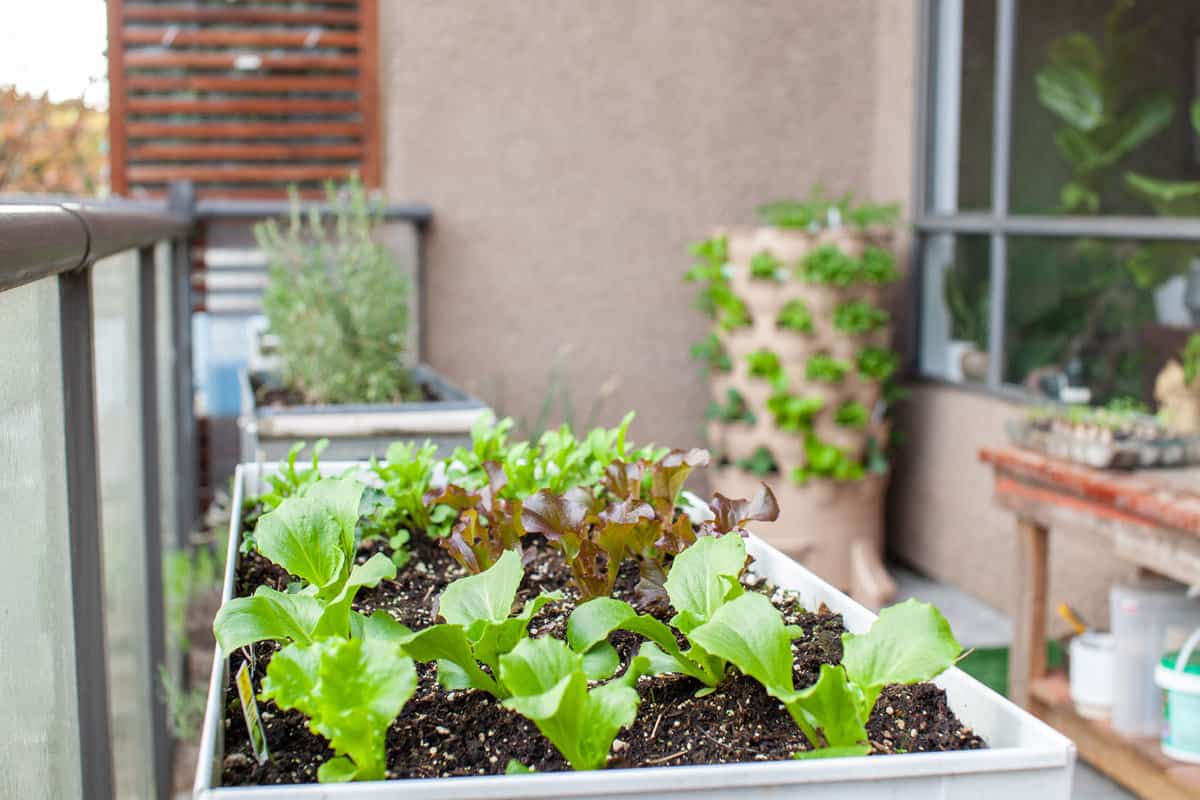
Keeping things crisp and tasty requires vigilance and a few handy tips and tricks.
So whether you're growing your lettuce in the great outdoors or even venturing into the exciting world of hydroponics, you're now armed with the knowledge to tackle the heat challenge head-on.
Your salads, sandwiches, and wraps are counting on you. Here's to happy, healthy lettuce and even happier taste buds!
Explore more of the world of lettuce here:
